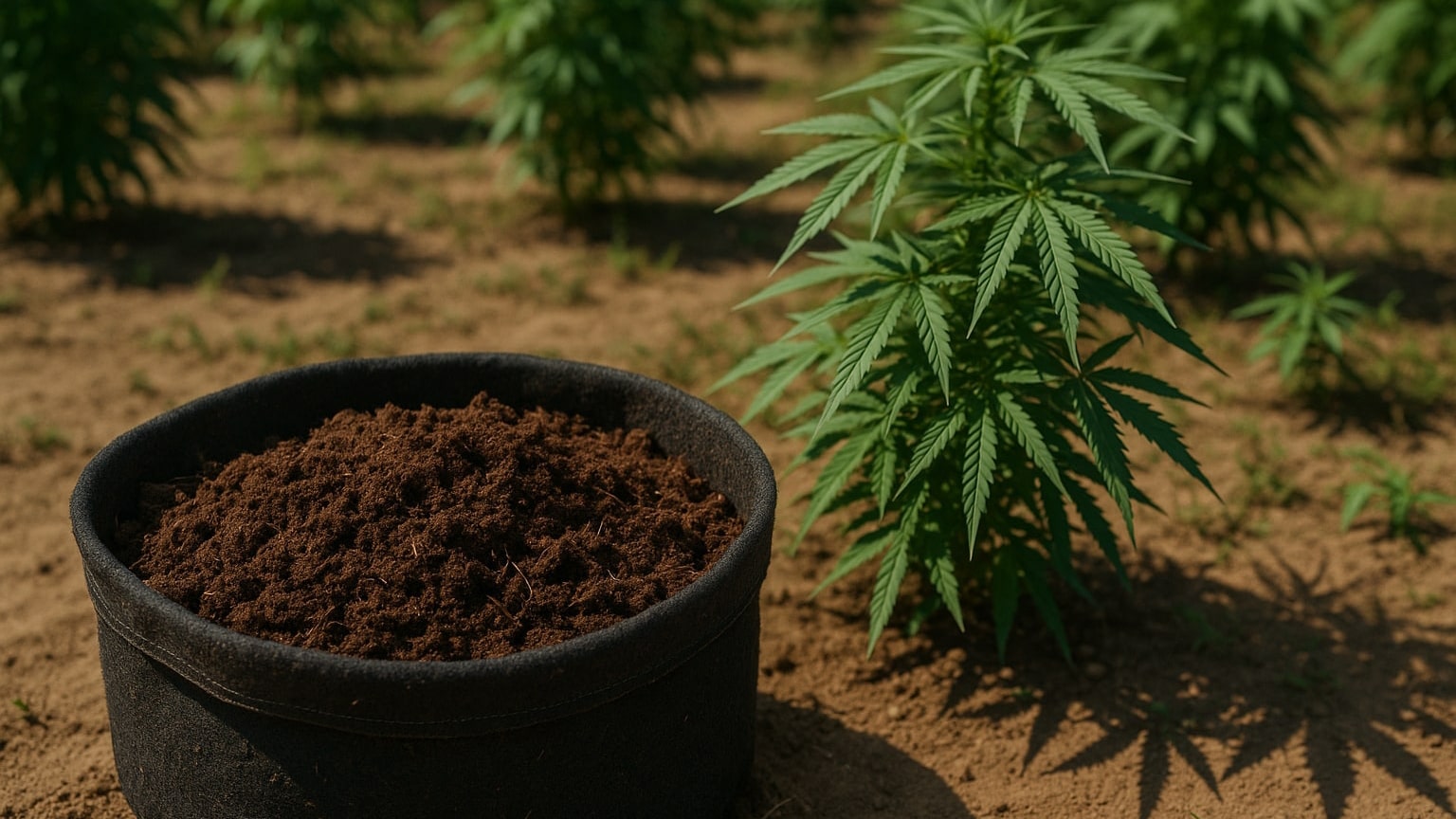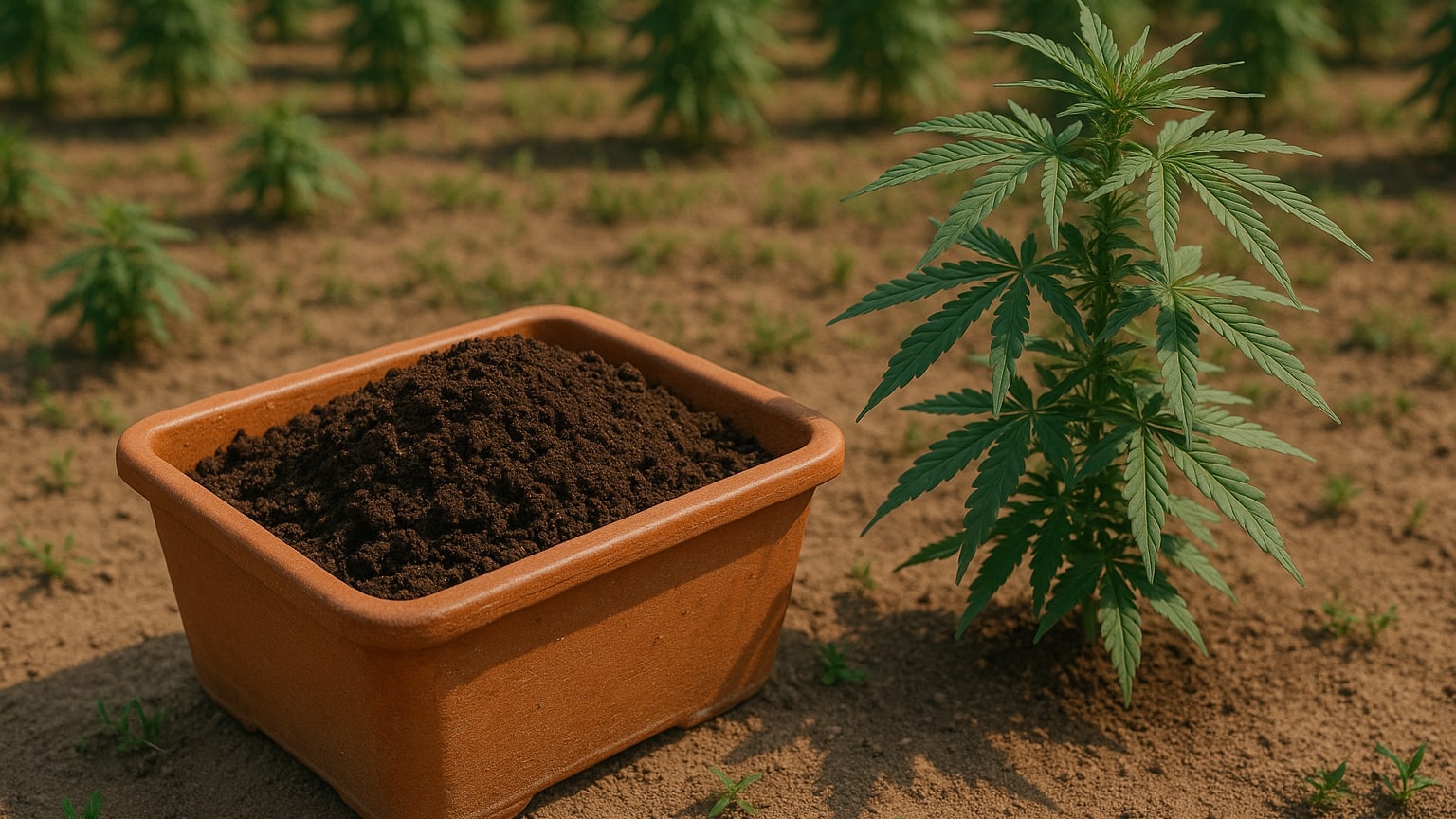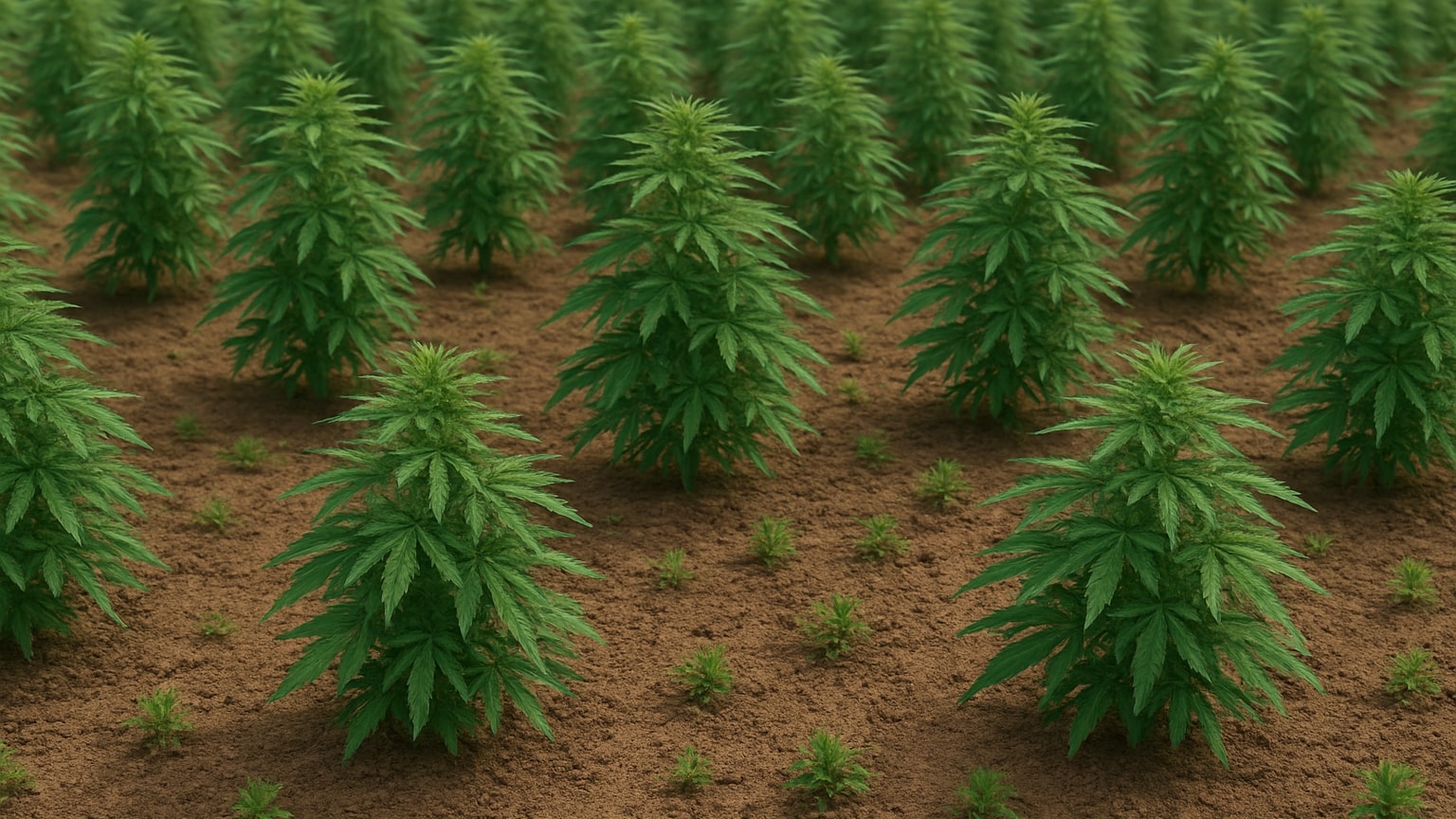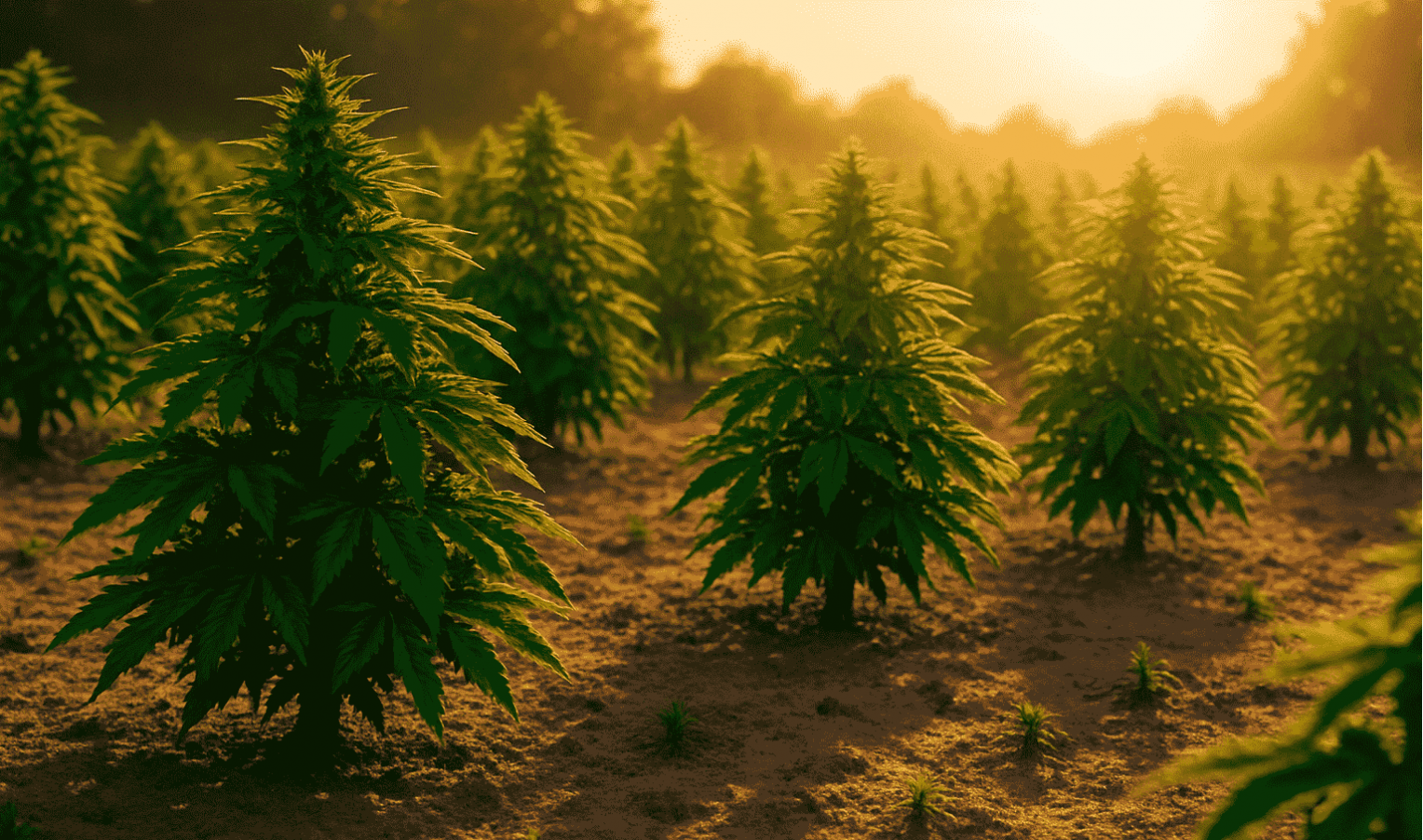Content
- Soil requirements for growing in the outdoors
- Which soil is suitable for different cannabis species
- Soil preparation and fertilizer for cannabis grooving in the outdoors
Soil requirements for growing in the outdoors
When choosing a place to grow cannabis outdoors, it is important to consider not only the amount of sunlight, but also the quality of the soil. The right soil for cannabis directly affects the health of the plants, their resistance to disease and, of course, the volume of the harvest. This is especially important if the grower took feminized seeds, because maximum productivity is expected from each such individual.
The ideal soil for cannabis should be loose, well-drained and nutritious. This will allow the roots to develop freely, and oxygen and moisture to be evenly distributed. It is also important that the soil contains organic components: humus, compost, peat or coconut fiber. Such organic soil for cannabis provides a soft but full nutrition at all stages of growth.
Special attention should be paid to the level of acidity. The pH of the soil for cannabis should be between 6.0 and 6.5. In a too acidic or, conversely, alkaline environment, the roots will not be able to assimilate the necessary macro- and microelements, even if they are present in the soil. Therefore, it is recommended to check the acidity at least once every two weeks and correct it if necessary.
Finally, the presence of quality drainage for cannabis is a prerequisite. Without it, water can stagnate, causing root rot and the development of pathogenic fungi. When growing in clay or dense soil, it is worth adding perlite, sand or vermiculite to improve the structure of the substrate.

Which soil is suitable for different cannabis species
The choice of suitable soil depends not only on the climate of the region, but also on the type of plant the grower intends to grow. Different cannabis genetics have different requirements for soil structure and composition. This is especially important when growing cannabis in the outdoors, where conditions vary from site to site.
Sativa
If the grower plans to use sativa seeds, he should look for light and well-aerated soils. Sativa tends to form a deep root system and is tall, so it requires:
- loose soil structure for active oxygen access to roots;
- neutral or slightly acidic soil pH for cannabis (6.0-6.5);
- additions of perlite or vermiculite for better drainage;
- increased phosphorus and micronutrient content in the flowering phase.
This soil allows the plant to develop quickly and reach its potential under in-ground sativa growing conditions.
Indica
Unlike sativa, indica is a more compact plant with a strong central stake and a less developed root system. Therefore.:
- denser but still well-drained soils are suitable;
- it is important to ensure a rich soil composition for marijuana with a high nitrogen content during the growing season;
- an organic cannabis soil containing humus, biohumus and wood ash can be used;
- for growing indica in the outdoors, protection against overwatering is particularly important, especially in regions with frequent rainfall.
Autoflowering varieties
If the grower uses autoflowering seeds, you need to be prepared for the fact that the plants have a very limited time to root. Therefore:
- initially, the most nutritious but light substrate should be used;
- coconut fiber should be added to increase moisture capacity without water stagnation;
- cannabis fertilizer should not be forgotten, but in moderate doses - autoflowers are sensitive to overfeeding;
- it is not recommended to transplant autoflowers - they should be planted immediately in their prepared hole with the correct marijuana soil.
Thus, the success of growing marijuana outside depends largely on what seeds are used: sativa, indica or autoflowering. Each type requires a different approach to soil selection - this is the key to strong plants and quality yields.

Soil preparation and fertilizer for cannabis grooving in the outdoors
Even the most fertile plot of land requires preparation before you can start growing cannabis outdoors. This is especially true if the grower decides to use cannabis seeds with high THC - such plants need intensive nutrition and a stable environment. Proper soil preparation for cannabis is the foundation for future yield and quality of buds.
There are three key parameters to consider during the preparation phase:
- Soil structure (loose or dense)
- Acidity (pH level)
- Basic organic and micronutrient content
| Parameter | Optimal values | Tips from experienced grovers to improve |
| Structure | Loose, with good drainage for cannabis | Add perlite, sand, or coconut fiber |
| Soil pH for cannabis | 6.0 – 6.5 | Use a pH meter, deoxidize or acidify if necessary |
| Organics | High content of humus, compost | Use organic cannabis soil, humate-based fertilizers |
Once the soil has been adjusted, it is important to apply cannabis fertilizer that is appropriate for the stage of development of the plant:
- During vegetation: nitrogen (N) - for fast green mass growth
- During flowering: phosphorus (P) and potassium (K) - for cone and resin formation
- Additionally: calcium, magnesium and trace elements (boron, zinc, iron)
It's also worth remembering that different types of strains (e.g. autoflowering or feminized) have different nutritional needs. Plants grown from high-THC cannabis seeds are considered particularly demanding, requiring increased control over soil composition, watering regimes and pH levels.
That's why it's important to analyze the soil in advance, enrich it with organic matter and follow agro-techniques when growing cannabis outside. This will ensure that the plants are not only healthy, but also have a strong, rich harvest.

Attention! Errors Seeds does not encourage you to grow cannabis and does not promote it in any way. Cultivation is prohibited by the legislation of Ukraine. The article is of scientific and introductory interest only.



Write a comment